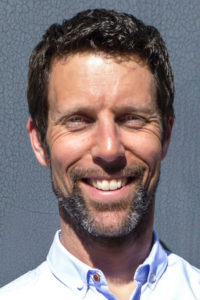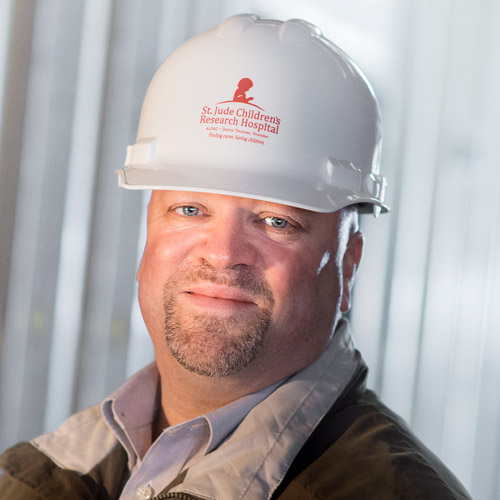
Nik Kaestner is a man of science. Early in his career, he taught biology at the same high school he had attended a few years earlier. But, he has since proven to be a pretty good student of finance and psychology, too—to the benefit of the San Francisco Unified School District (SFUSD).
Kaestner is now the director of sustainability for the 57,000-student, 133-school district, and he has figured out several ways to finesse smart building efficiencies into capital improvements. At the same time, to reduce transportation energy consumption, he is focused on understanding how exactly people interact with urban infrastructure.
“When I was a teacher, I was also the student-activities director,” says Kaestner, who began his teaching career in 1998. “Students were very interested in matters of the environment, and that led to what came next.” He followed that interest to a series of sustainability-focused jobs on both the East and West Coasts before eventually landing at SFUSD in 2008, where his marching orders were and remain to reduce energy and water usage—as well as solid waste.
The district has already made great strides, cutting the 2008–2010 averages of gas usage by 28 percent and electrical usage by 22 percent, as of 2018. Water consumption, too, has declined by 29 percent. This all was achieved by what Kaestner describes as simple modernization: replacing light bulbs with LEDs, replacing old boilers with efficient electrical heating (all electricity is drawn from the Hetch Hetchy hydroelectric system, a renewable resource that generates 1.7 billion kWh annually), and updated, reduced-flow plumbing fixtures. Whereas the energy-use intensity (EUI) in most school districts around the US ranges from 50 to 80, the mild climate of San Francisco allows for an EUI of 35, and with SFUSD’s modernizations, that number is falling into the teens.
The enviable circumstances—a mild climate and abundant hydroelectricity—might make Kaestner’s job seem like a breeze. But, even working for a board of education that prioritizes sustainability, he still has to fight for money to improve buildings, and the capital-improvement budgets for new and modernized structures only reach so far. Fortunately, Kaestner is able to draw from a portion of a separate bond—$5 million of a $700 million issue—to pay for such things as better-insulated windows and roofs. “We finance these changes through different pots of money, representing two objectives, to achieve one sustainable goal,” he says. Or looked at another way, the capital-improvement fund is directed at basic construction and renovation while the other is about cutting long-term greenhouse gas emissions. Kaestner knits the two together to achieve a coherent plan that satisfies both objectives.
The board of education has enough confidence in Kaestner and his team that they’ve decided to up the ante. The board voted unanimously in 2017 to entirely phase out the use of fossil fuels—achieving carbon neutrality—by 2040, and it voted to source half the district’s water needs from rain harvesting.
“The old mantra of sustainability is ‘How can we be more efficient?’” Kaestner said in a recent KQED radio interview in San Francisco. “The new mantra is ‘How can we get to zero?’”
Notably, Kaestner doesn’t see the need for exotic future technologies to get there. “We can do this with what we have already,” he says, citing solar power and building efficiencies as extant tools. Also, to reduce single-student car drop-offs at schools—a clear contributor to greenhouse gasses—the district encourages walking, biking, use of public transit, and carpooling. It also highlights pedestrian- and bike-friendly street infrastructure through events such as a “Bike & Roll to School Week.”
Taking a step back and looking at his plan from a distance, Kaestner connects his work to the community-based social-marketing ideas of environmental psychologist Doug McKenzie-Mohr. “We are building an action-oriented culture,” Kaestner says. “When students see their actions work, they view themselves as a person who cares.”
Kaestner seems to recognize that the physical plant can only go so far in achieving sustainability. It still requires people to adopt behaviors that are green. Ultimately, the two are closely intertwined and interdependent.
Photos: Katherine Du Tiel, Courtesy of Nik Kaestner


